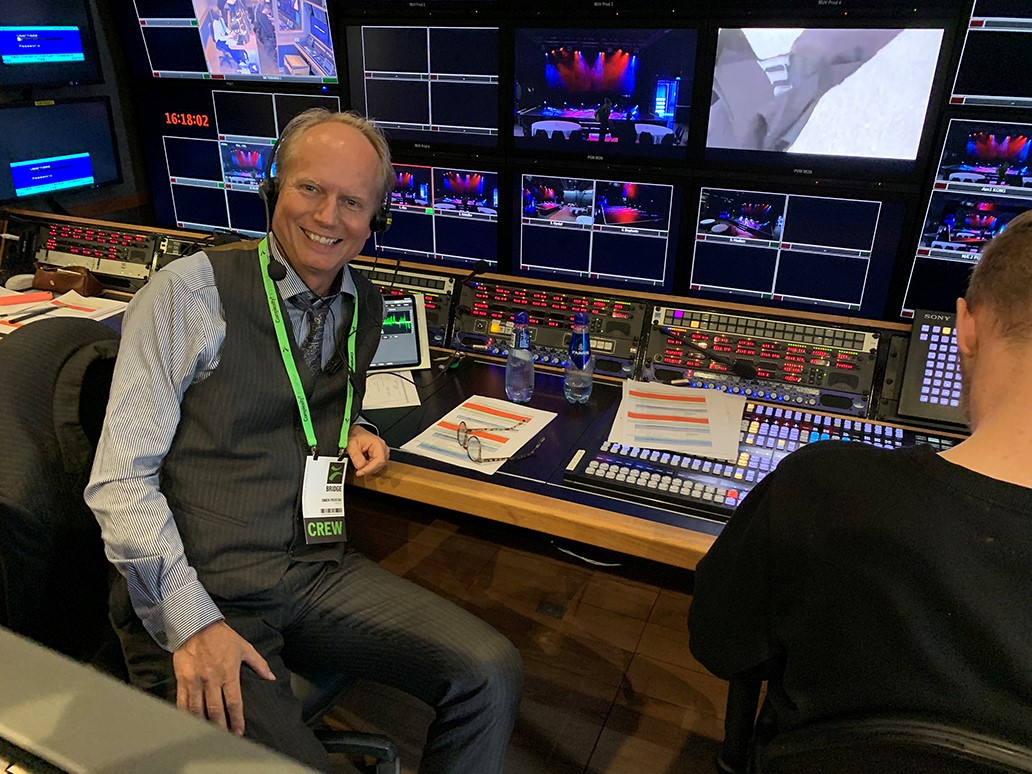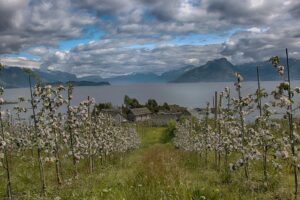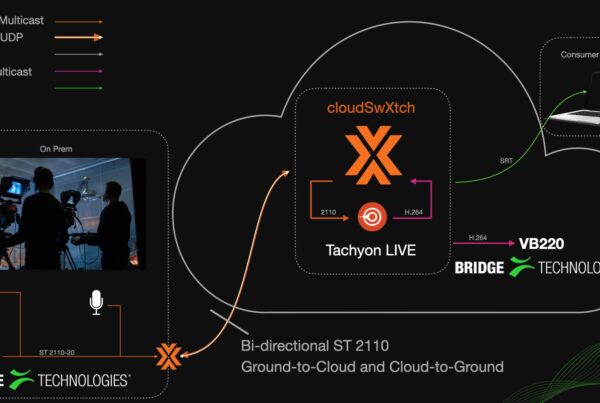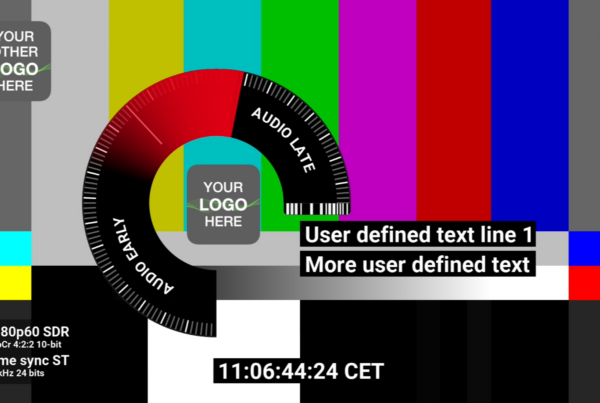How do you tend your garden?
article by Simen K. Frostad, Chairman of Bridge Technologies
It’s interesting that we refer to the broadcast media ‘landscape’ of different countries. In general, business loves a good nature metaphor, whether it’s ‘organic growth’ or ‘seismic change’, but sometimes those tired clichés are adopted to cover-up a murky and undefined supporting thought process.
In this case though, we think talking about the ‘broadcast media landscape’ is actually quite an appropriate term – because it captures concisely the idea of something broad and wide-reaching, comprised of seemingly diverse elements, all of which actually work symbiotically with each other in complex and nuanced ways. Ways that we may have an important hand in shaping and setting a base for, lest they grow tangled and unwieldy, or drought-ridden and unproductive.
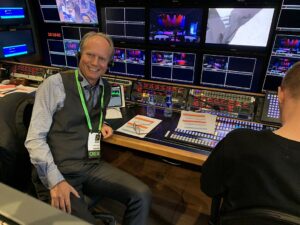 Just as with natural landscapes, broadcast media markets present in endlessly different and unique ways. The Japanese landscape – both natural and broadcast – is no exception. Comprised of seven major broadcasting networks, two of which are owned by the national public broadcaster Nippon Hōsō Kyōkai (NHK), and five of which are commercial, it’s fair to say that the Japanese have always been ahead of the game when it comes to pushing the technological boundaries of broadcast. From the pioneering event of analogue HD in the 80s, or the ahead-of-the-curve screen technologies that continue to emerge from Japanese manufacturers even today, the Japanese have never been shy to engage in ‘experimental’ broadcast.
Just as with natural landscapes, broadcast media markets present in endlessly different and unique ways. The Japanese landscape – both natural and broadcast – is no exception. Comprised of seven major broadcasting networks, two of which are owned by the national public broadcaster Nippon Hōsō Kyōkai (NHK), and five of which are commercial, it’s fair to say that the Japanese have always been ahead of the game when it comes to pushing the technological boundaries of broadcast. From the pioneering event of analogue HD in the 80s, or the ahead-of-the-curve screen technologies that continue to emerge from Japanese manufacturers even today, the Japanese have never been shy to engage in ‘experimental’ broadcast.
And this, it seems, has to do how the Japanese see their relationship with their industry ‘landscape’. Far from seeing it as a self-governed wilderness, or the responsibility of a few specific ‘gardeners’, or a bleak desert to import foreign-grown palm trees into, the Japanese broadcast market has always adopted a mentality of ‘tend your garden and reap what you sow’. Their investment in R&D has been about truly establishing foundations and fundamentals, focused on the knowledge that supports product development, rather than the development of the product itself.
Within this R&D-centric landscape, the role of NHK can’t be overstated. Similar to the UK’s BBC, NHK is the national broadcaster, and is funded by a license fee. Occupying their own little microcosm – NHKWorld – on the very outskirts of Tokyo (with its own hotel!), what perhaps best illustrates their commitment to exploring the fundamental basis of broadcast is the fact that the bottom layers of the NHK STRL (Science and Technology Research Labs) are devoted to a number of laser labs. Lasers!
NHK maintain these labs – and a huge number of others – not because decades of spy films tell us that every cool secret headquarters needs a laser lab, but because in the Japanese context, the gathering of fundamental scientific and engineering insight – on every level – is a valuable undertaking, whether or not it directly contributes to the broadcast market, or to specific product development.
And in addition to creating this knowledge, there is an industry focus on sharing it too. NHK shares in journal publications relating to their R&D projects, across immersive media, content creation, transmission and content delivery, social, behavioural and cognitive sciences and materials science. It publishes an ongoing series of talks and lectures, a monthly magazine, and has a yearly open-day which anybody is free to visit. As they say themselves:
‘Many of the achievements by NHK STRL are open to the public. We welcome anyone taking advantage of our patented technologies and other expertise. To date, the fruits of our R&D have been widely used in areas of society other than broadcasting-related fields… medical imaging, architecture, education, museums… and other industrial applications’.
It seems to us then that in ‘painting a picture of a country’s media landscape’, what one needs to do is not list the features that can be seen, but to describe the philosophy with which that landscape is grown and tended. And the Japanese philosophy is to invest in that land, and recognise its value as shared space.
At Bridge, all of this resonates with us very strongly, which is one of the reasons we love working closely with NHK, and maintain great admiration for them. Whilst a competitive vendor environment helped the European market to catch-up with Japanese technology throughout the 90s/noughties, the benefits of that fierce competition are starting to dwindle. Petty in-fighting detracts from the gains that the industry can make as a whole, both on a collective audience and individual company basis. We believe strongly that some of the major verticals in the European market need to be investing in deep research, and – crucially – make this available on a wider basis through collaborative industry initiatives. By looking to the Japanese model of R&D and viewing ourselves as a part of an inter-related industry ‘landscape’ rather than a series of individual gardeners tending our own patches, we have the potential not just to cling on to yearly harvests with our fingers crossed, but instead the opportunity to pick from a broadcast-orchard with deep, well-established roots that will yield increasingly strong crop for decades to come.

